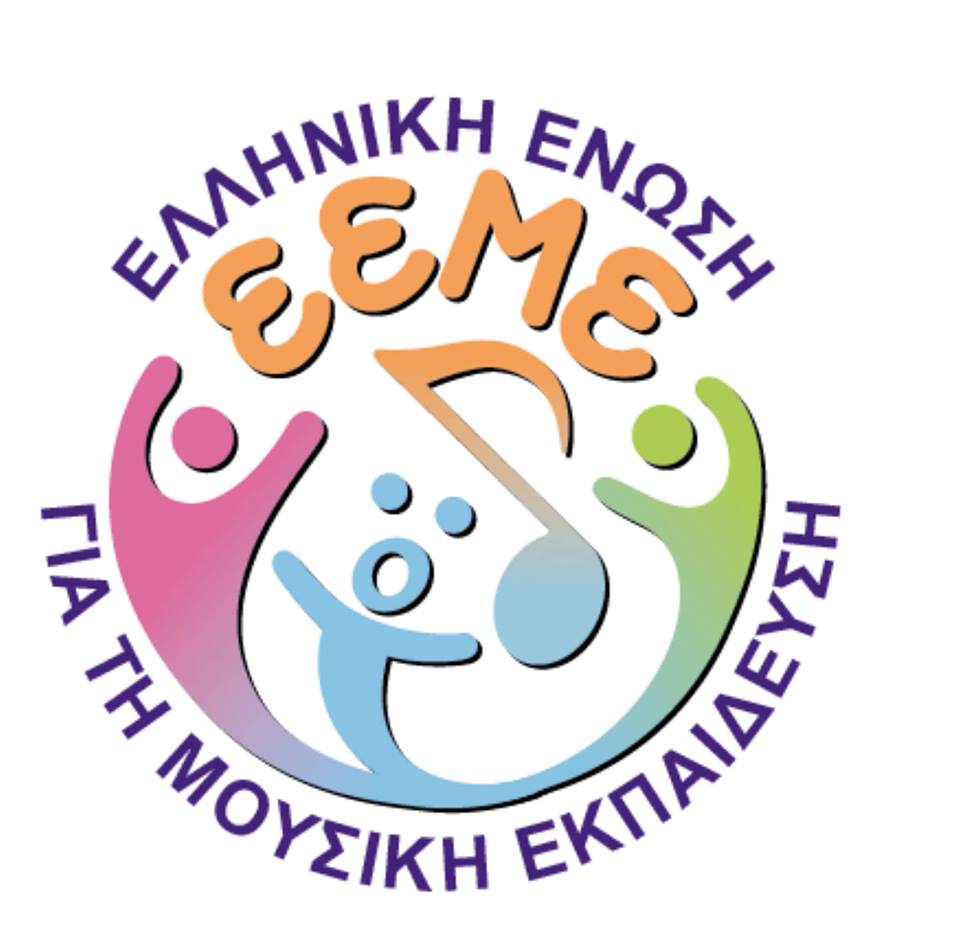Contents:
1) Erifili Damianou - Marinis: The Sol key.
2) Marianna Mihalarea: What is music...
3) Giorgos Siozos & Maria Goumenopoulou: The wood.
4) Anastasia Kavadia: A suggestion for teaching quarters and semiquarters using the greek traditional song "Kato sto gialo".
5) Maria Kourkourika: A cross-subject approach for the teaching of the circle of water.
6) Mirto Vouyouka: Sound: a cross-subject teaching approach (physics - music).
7) Nikos Hasapis: Using musically non-musical objects.
8) Evi Afxendiou: A retrospective view of Cypriot children's music games and their educational value.
9) Maria Kourkourika: A useful index of books for primary school music teaching.
Abstracts:
1) Erifili Damianou - Marinis
The Sol key
A song for the drawing of the Sol key.
5) Maria Kourkourika
A cross-subject approach for the teaching of the circle of water
A teaching material based on the circle of water addressed to preschool and first grades children (4-8 years old). It is suitable for the first year of music courses.
6) Mirto Vouyouka
Sound: a cross-subject teaching approach (physics - music)
A teaching suggestion for a cross-subject approach of the four attributes of sound: timbre, pitch, loudness and duration for the 6th Grade of primary school.
8) Evi Afxendiou
A retrospective view of Cypriot childrens music games and their educational value
The music games which are presented in this article are being sang and played by children in Cyprus. Some of these can be met in Greece as well in different versions though. All songs included in this article have been personally recorded in a primary school of Nicosia. I believe that the use of such songs is the best way of the first tough of the children with music. Unfortunately, given the dominant role of technology nowadays, entertainment through these traditional music games is becoming more and more rare. Of course, some of these traditional music games like "The bee", "Afka", are still played but not like they used to be. Children can be creative. The difference is that they are influenced by different sounds, rhythms and words which are more familiar with their everyday life.





 Please wait...
Please wait...